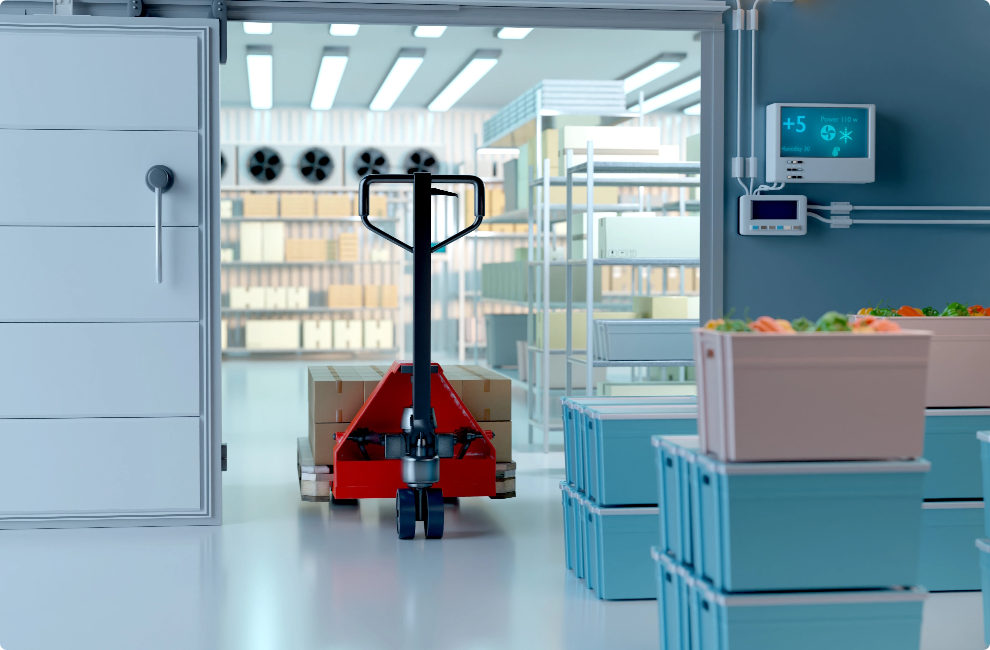
Ext. dim. : 1200 x 800 x 1085 mm,
Volume : 417 L,
Logistics format : Euro-pallet 800 x 1200
View details*On average, with a 100% load and no opening.


Did you know ?
Improving handling conditions is at the core of our R&D approach.
We have designed an ascending platform to enhance posture and alleviate the burden of load carrying for operators. This assistance technology was developed with and for dry ice transport professionals.



Buy or rent
Each organisation has its own business model

Fleet management
ATP renewal, servicing and maintenance, training

Traceability
RFID/NFC temperature monitoring, geolocation

Do you need more information or would you like to talk to our teams about your project ?
ZA Charles Chana
1 boulevard des Mineurs – CS 50019
42230 Roche-la-Molière
Tel : +33 (0)4 77 90 68 63

